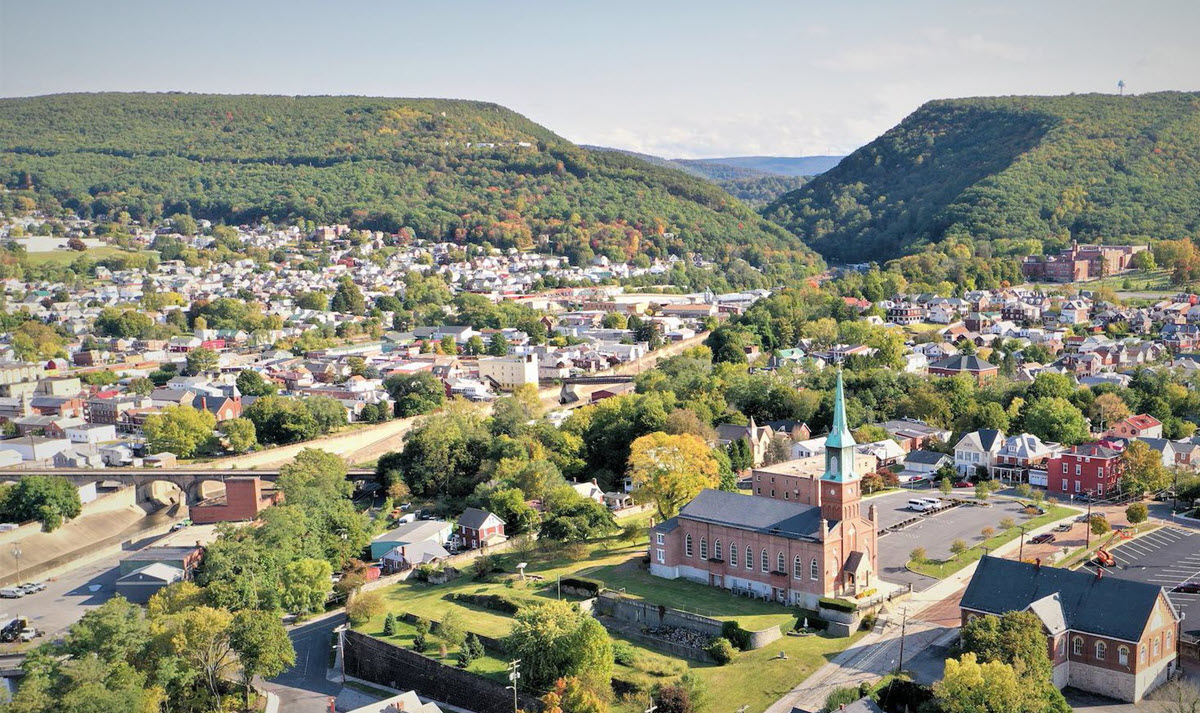Located on the banks of the Potomac River, the city of Cumberland is a place full of history. Once known as the Queen City because it was then the second-largest city in the state, it declined in importance after World War II. However, the place is still thriving, and it sits on a prime path for transportation.
Cumberland is known for its rich history. The great George Washington used the original Fort Cumberland as a headquarters, and locals preserved that area. Additionally, Cumberland’s time as a transport hub meant that it had an excellent rail station still in use today, but more for tourism purposes. Potential visitors should check this list out.
Western Maryland Railway Station
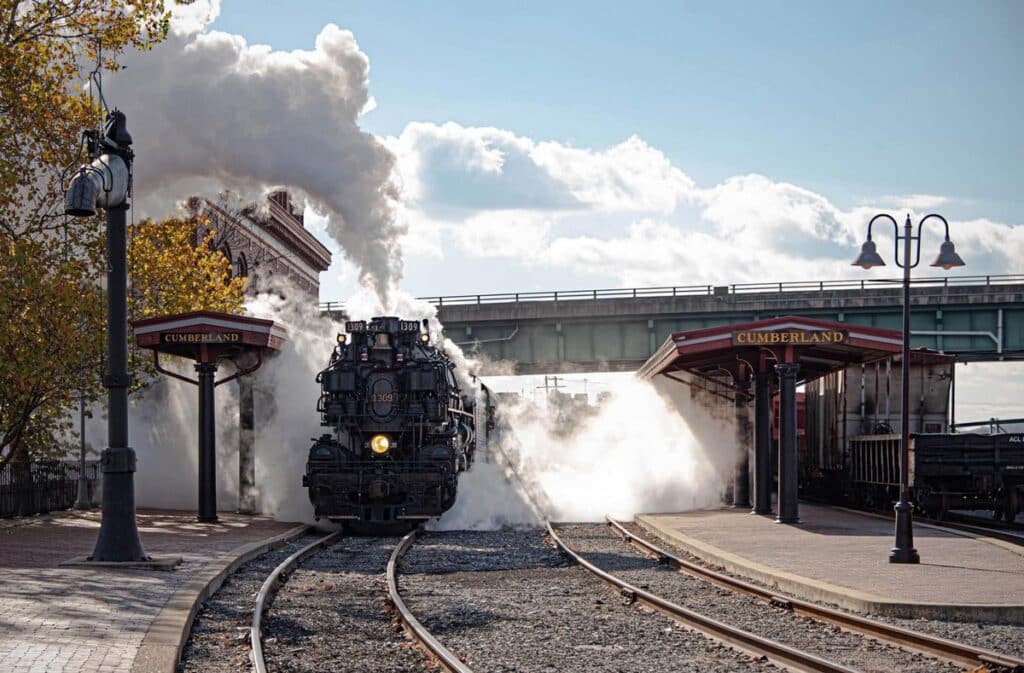
Right in the middle of a city is where people can find the Western Maryland Railway Station. It has a long history and only stopped operating in the late 50s, with the rails still in use until the 70s. The station’s architecture harks back to the early 20th century and matches its current use as a scenic railroad station. People can take trips down the northern track for several hours in authentic vintage style. Restoration efforts started in 1990 and finished in 1996, and the station is now the city’s pride and sees thousands of visitors yearly.
Canal Place Heritage Area
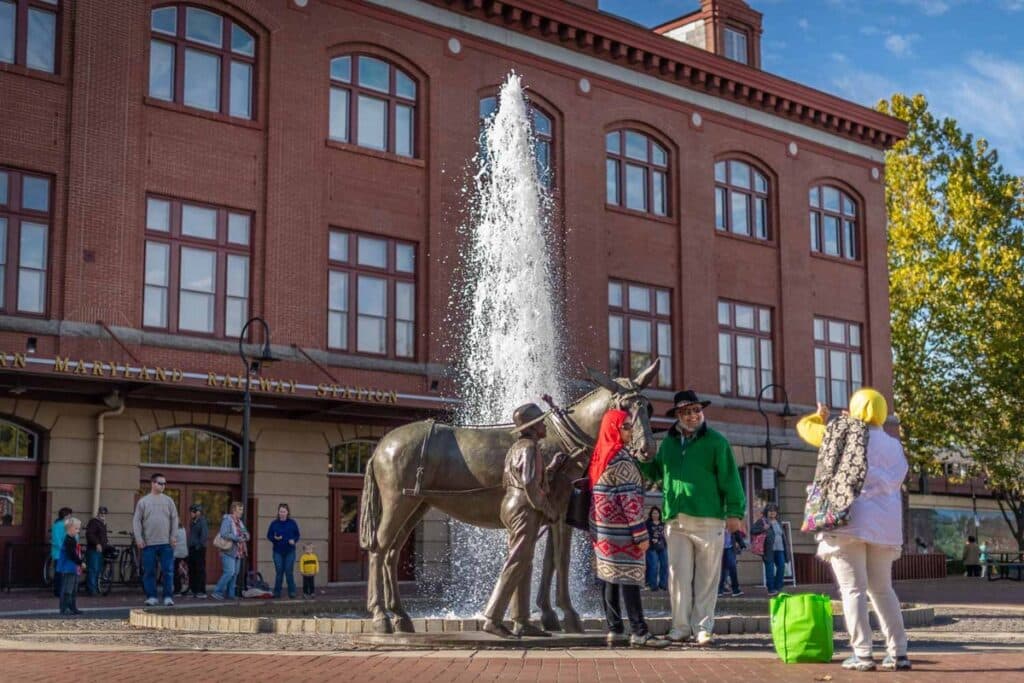
Cumberland is where the western end of the Chesapeake and Ohio Canal starts. The C&O Canal was the primary means of transporting coal from the region to other parts of the country. It operated from 1831 to 1924, creating a lot of history as it helped fuel industries all over the country. The state created a park to remember this contribution to the nation in 1993 to preserve the critical crossing point between the railroad, canal, and the Allegheny Highland Trails. In addition, several exhibits teach more about the history of the canal and even a steamboat to ride on.
George Washington’s Headquarters
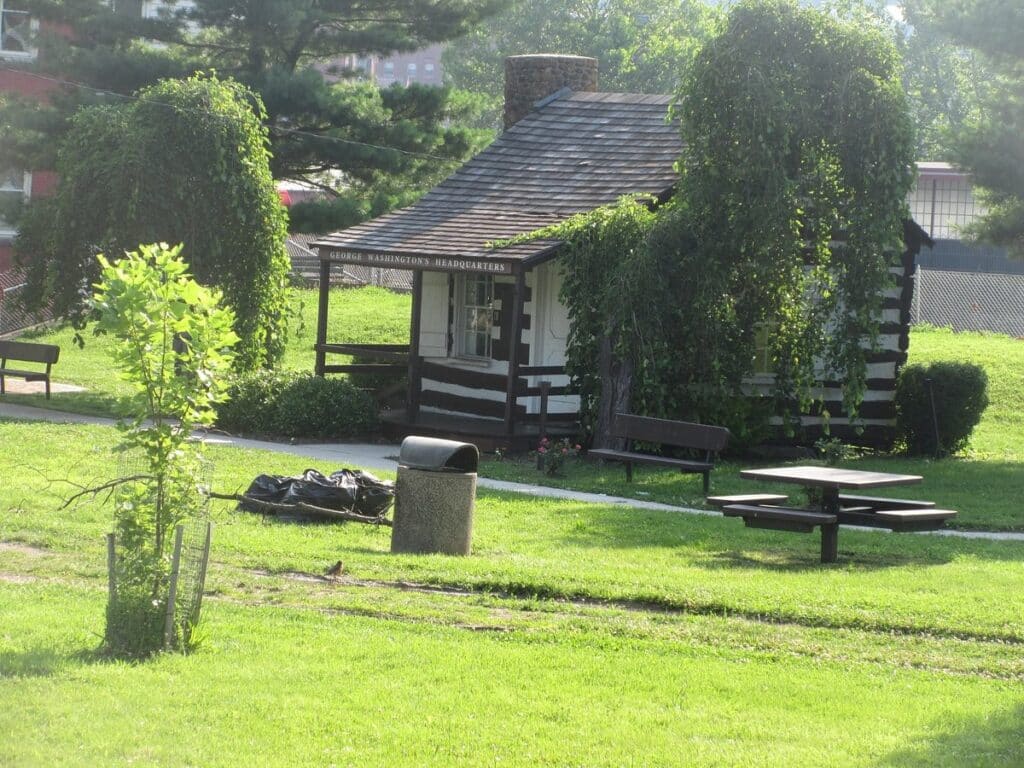
A location of great historical interest is George Washington’s Headquarters. Originally a part of Fort Cumberland, the city preserved this humble log cabin because of its historical importance. This cabin was where George Washington had his first command during the French Indian Wars. He came back to it during the Whiskey Rebellion, but the tiny log cabin mainly marks the start of General Washington’s military career. The cabin survived until 1844, when official efforts to preserve it began. This year, local authorities disassembled it and moved it to another, more secure location. Full restoration efforts began in 1921.
Washington Street Historic District
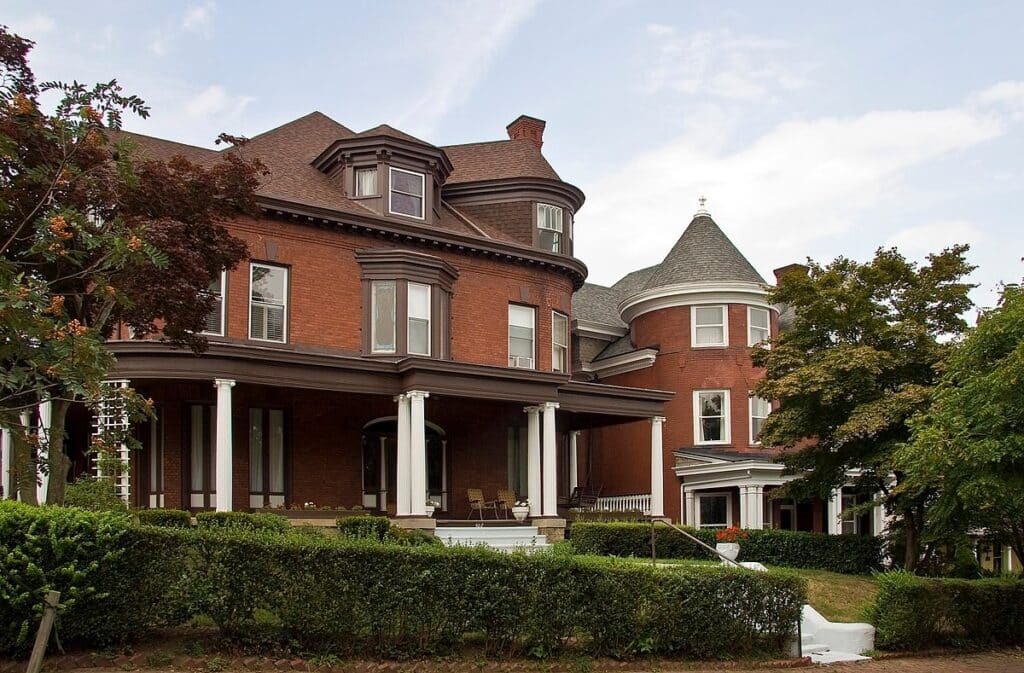
As one of the older cities in the country, Cumberland has its share of vintage buildings. Efforts to preserve them resulted in creating the Washington Street Historic District. It is a 35-acre residential area in the vicinity of Washington Street. Many of the buildings are from the 19th and early 20th centuries. Several architectural styles are recognizable among them. These include Italianate, Queen Anne, Colonial Revival, and more. A highlight of the area is the Washington Street Library. Designed in the Greek Revival style, it also acts as a local history archive.
The Great Allegheny Passage
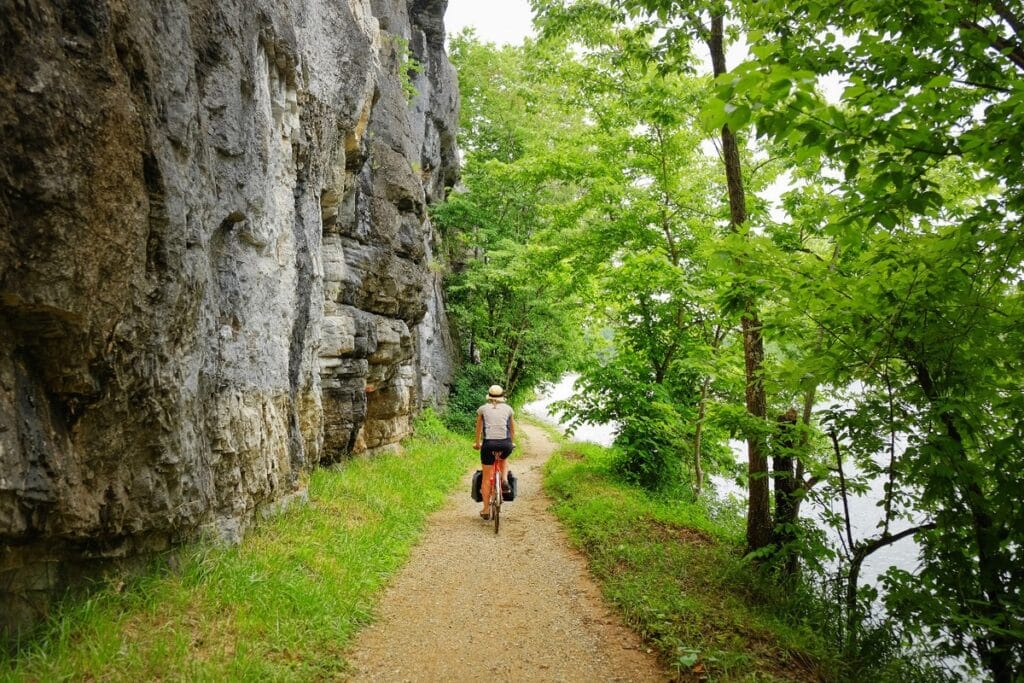
While it technically isn’t entirely in Cumberland, the Great Allegheny Passage does end there. It is a rail trail, which means it was once a railway track that ran from Pittsburgh to the city. The original name of the trail was the Cumberland and Pittsburgh Trail. Authorities renamed the trail in 2001 to its current name from a selection of over 100 proposed names. The 150 miles from Pittsburgh to Cumberland is just the beginning for trail enthusiasts. After that, they can continue their travels straight to Washington D.C.
The Local Performing Arts
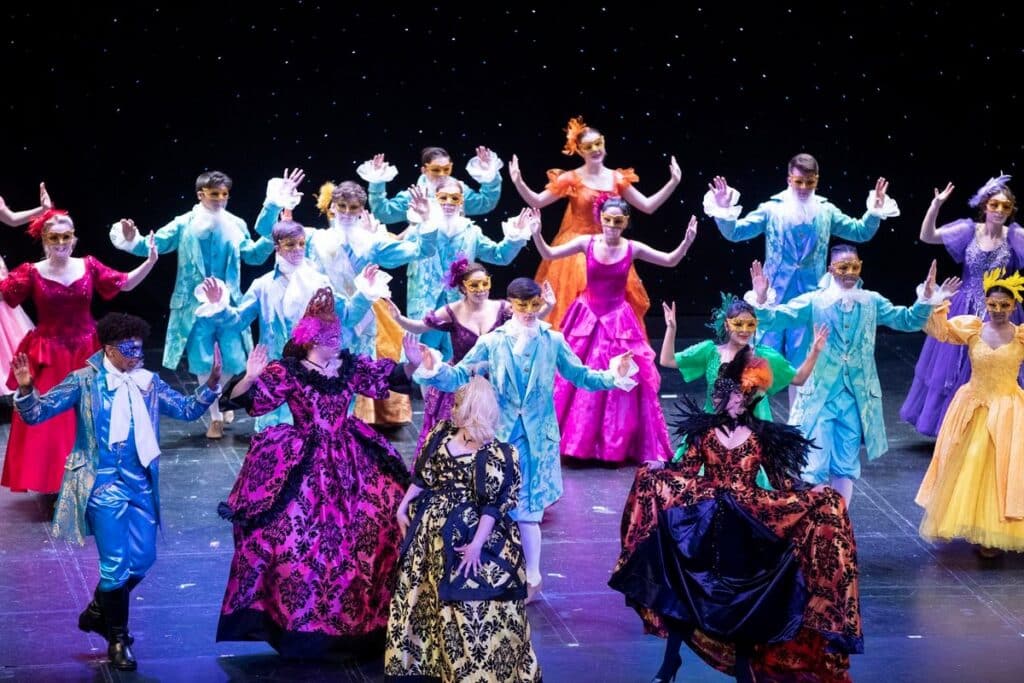
It is interesting to note that Cumberland has two major theaters. The first one is the Cumberland Theater, and it is Western Maryland’s only regional professional theater. Formed initially as a theater program for Frostburg State University, it branched out and became fully independent in 1988. Nowadays, a non-profit organization and volunteers run it. It operates year-round, so there is always a production to see. The second theater is the Embassy Theater, and it first opened its doors in 1931 as a movie theater. However, it soon became a performing arts theater that offers regular live shows.
Charis Winery and its Vintages
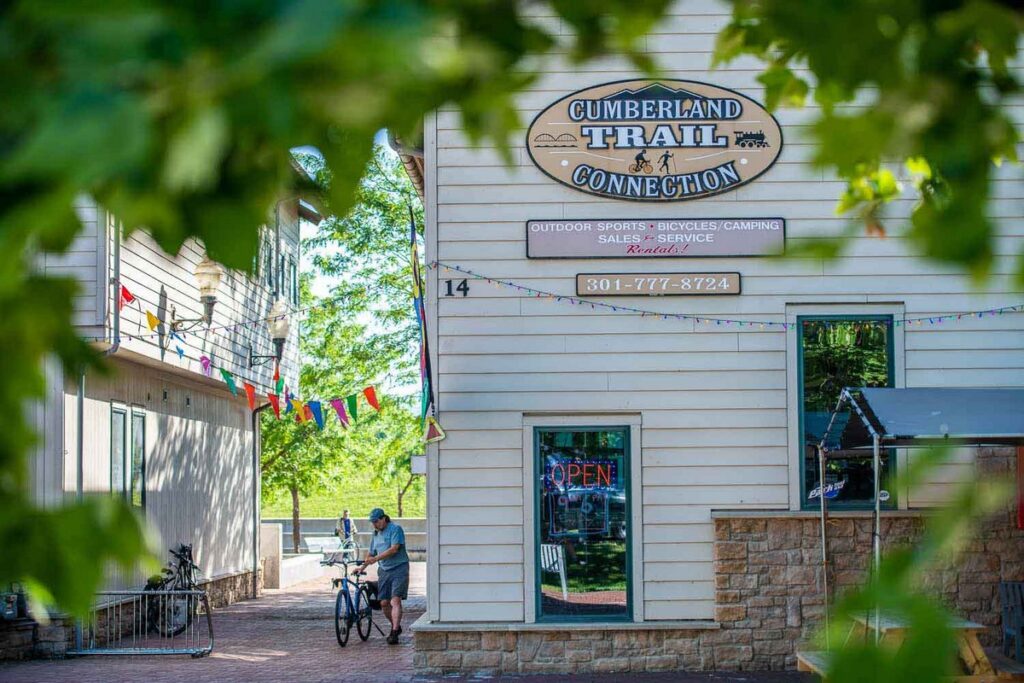
Cumberland and Maryland are not the first things people think of when it comes to wine. However, Charis Winery and Distillery can change that opinion. It is the region’s first winery, and it has a solid reputation with several rewards under its belt. Charis first opened its doors in 2013, but the owner Chuck Park studied the art of wine-making for years. He began his journey by making wine at home but soon expanded his efforts. Nowadays, Charis turns out 10,000 bottles a year. That is an impressive amount for a winery in cold Maryland.
The C. William Gilchrist Gallery and Museum
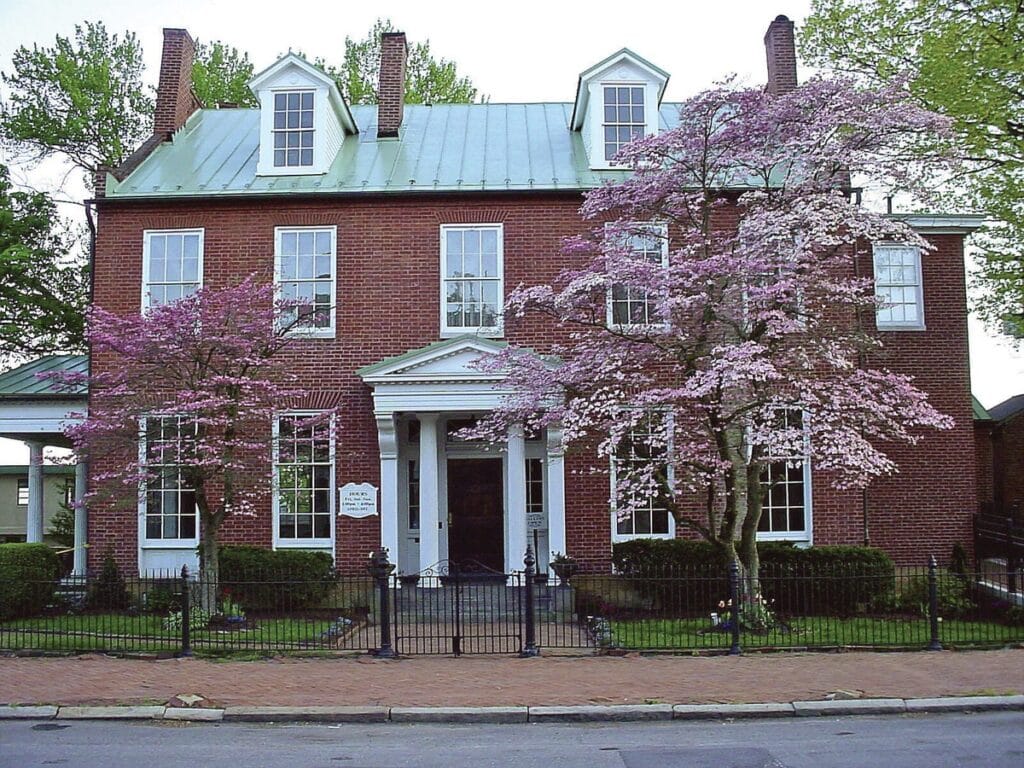
If there is any building with an interesting history in Cumberland, it is the C. William Gilchrist Gallery and Museum. The original building’s location stood within the walls of the original Fort Cumberland. Around 1843, Judge Thomas Perry built a Greek Revival house for his residence. It was passed on to the Gephart family in 1875. In 1999, Jeanette Gilchrist bought the house and donated it as a gallery with her only request that it bears her late husband’s name. Currently, the building holds six galleries, a costume collection, and an art library. There are also regular art classes.
Exhibits at the Allegany Museum
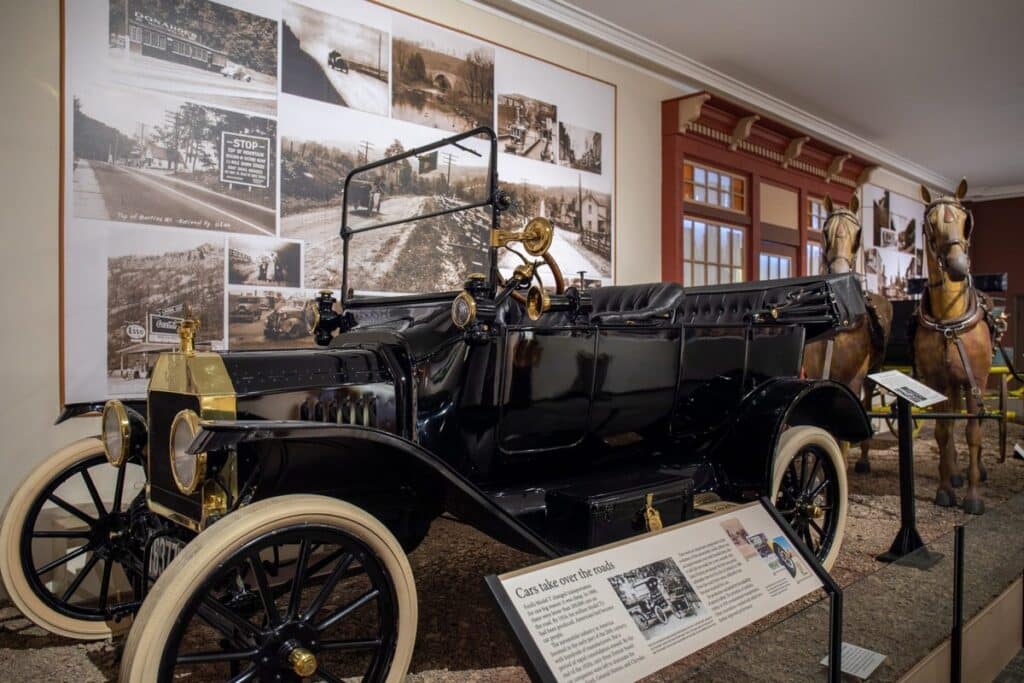
Cumberland is part of the Allegany area of the Appalachia region. There is a long history of human habitation in the area, and that is precisely what the Allegany Museum chronicles. Clans of Native Americans lived in the area before the coming of the colonists, and they left their mark. These artifacts are part of the 50,000 item collection featured in the museum. The museum itself is a piece of history. Initially constructed in the 1930s as a courthouse and post office, it is a perfect example of the Art Deco and Neoclassical styles.
Rocky Gap State Park
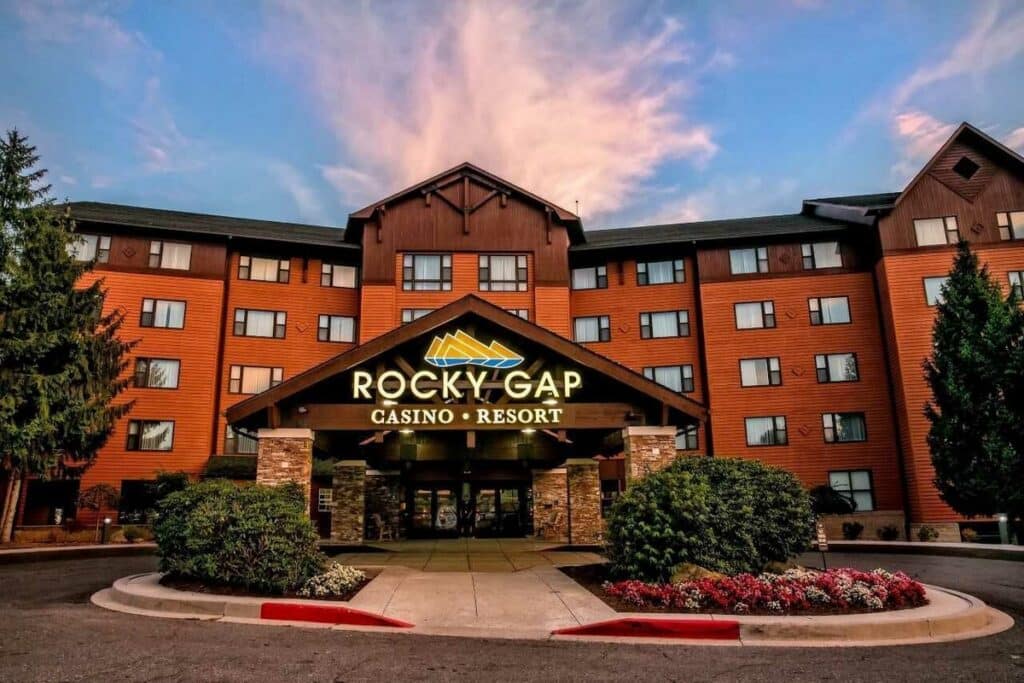
A few miles east of Cumberland, people can find the Rocky Gap State Park. It covers 3,000 acres of lake and wilderness, and many people visit it as an open recreation area. Lake Habeeb is over 300 acres and large enough to accommodate various boats. Fishing is a common pastime for those who visit, with several types of fish available. There are also hiking trails to explore the nearby forest and Evitts Mountain. The latest attraction is the recently-opened casino and resort. It opened its doors in 2012 with a 200-room lodge and an 18-hole golf course.
The Gordon-Roberts House
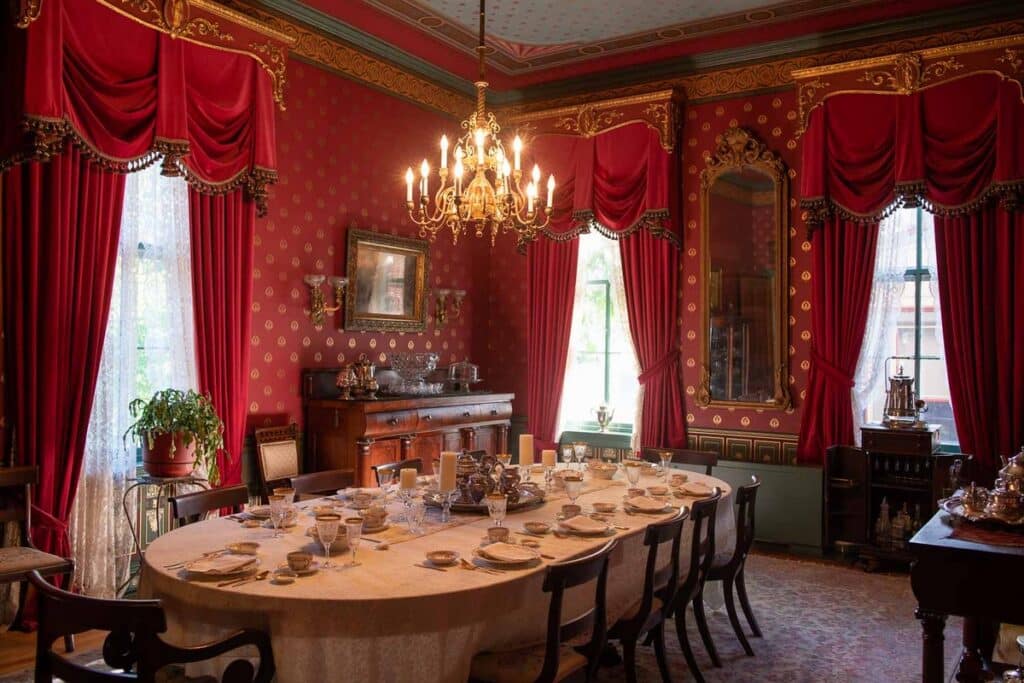
The historic Gordon-Roberts House saw Cumberland history in the making. Josiah Gordon built it in 1867 as a family home. As the President of the C&O Canal, Gordon had the money to afford a gorgeous house, and the results are still visible today. The Gordon family lived in this house for 20 years. The following residents were the family of W. Milnor Roberts during Cumberland’s heyday as the Queen City. In the 1950s, the Allegany County Historical Society purchased the house and made it a historical repository and museum. Tours here showcase Cumberland’s history and its heyday.
Paw Paw Tunnel
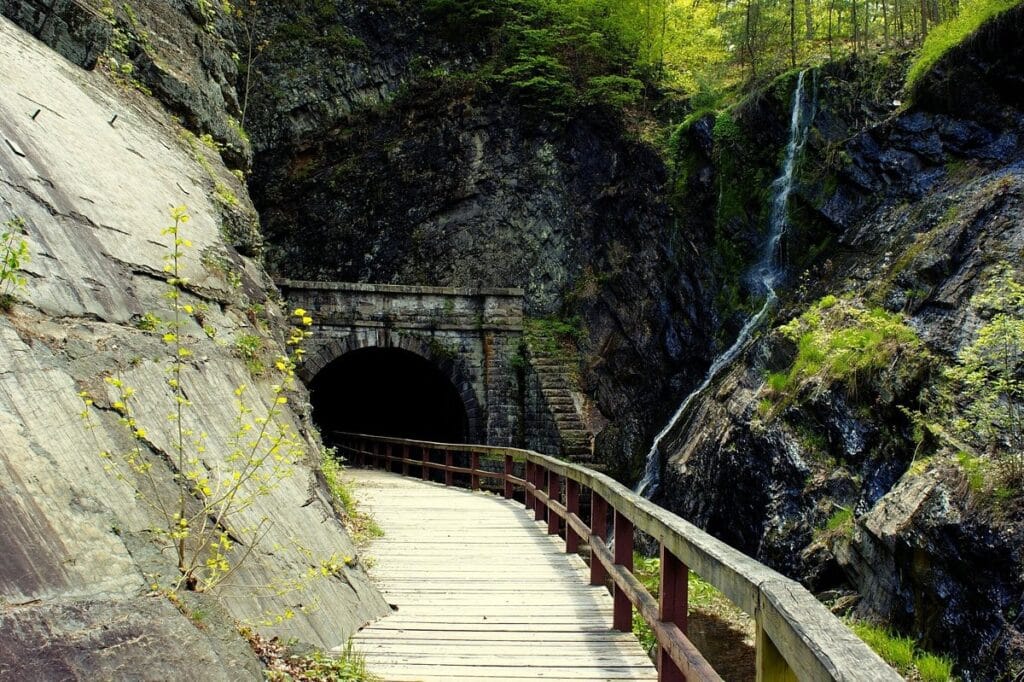
Walking down the Paw Paw Tunnel would be a great adventure just a few miles out of the city. the tunnel is part of the C&O Canal and is a canal tunnel measuring 950 meters. It was a significant contributor to Cumberland’s boom times since it shortened canal distance by six miles, which was a long way during the 19th century. The difficulties in building the tunnel nearly bankrupted the C&O Canal company, but the results are an impressive engineering feat. Nowadays, people can still walk the tunnel with a simple flashlight.
Allegany County Fairgrounds
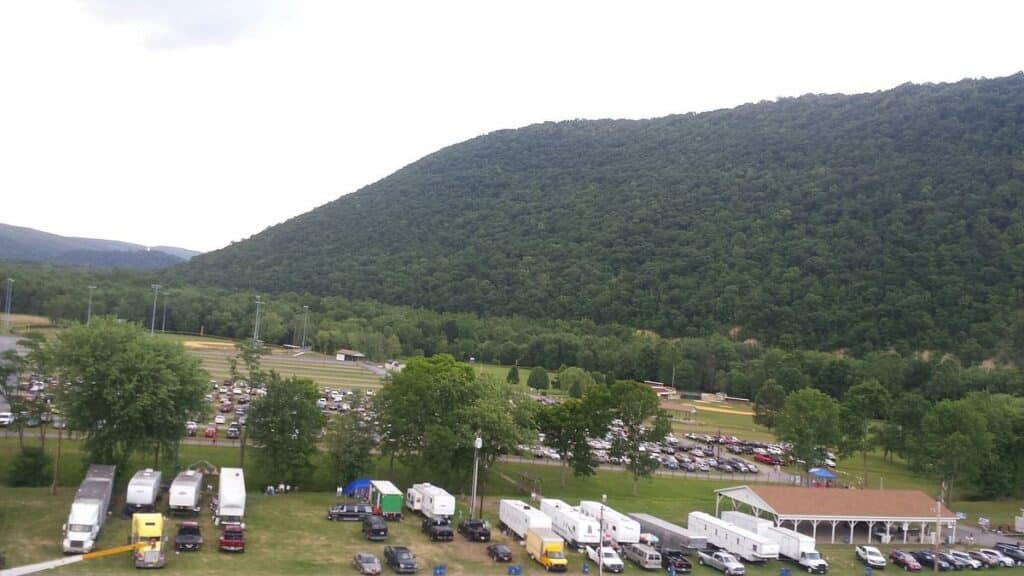
For a good county fair experience, Cumberland has an ideal place. The Allegany County Fairgrounds is just a stone’s throw from the city, and it has a lot to offer visitors. The main attraction is the Allegany County Fair and Expo. It usually happens in the middle of July and lasts for eight days. Visitors can eat county fair food while enjoying some memorable rides. Another major event is the DelFest, a blue-grass festival held in honor of the legendary Del McCoury. Additionally, the usual year has the grounds hosting various concerts and events.
The Emmanuel Episcopal Church
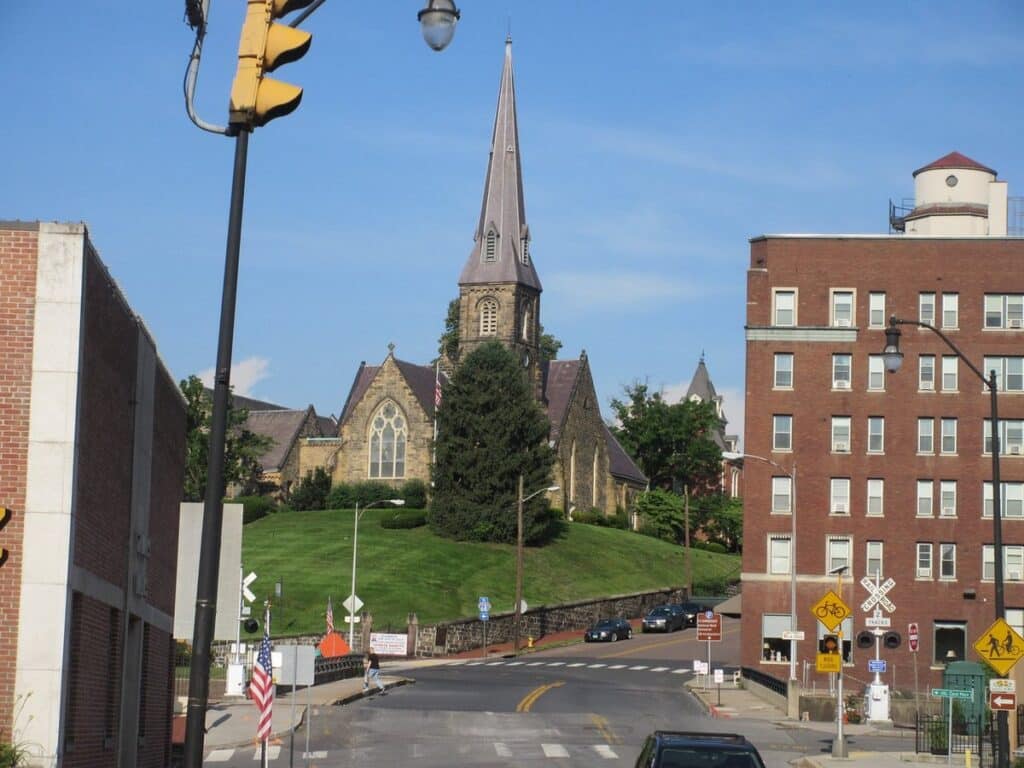
Another historic building in Cumberland is the Emmanuel Episcopal Church. While the parish has a history dating back to 1803, the actual church laid its foundation in 1849 with a finish date of 1851. The architecture of the building is a perfect example of the Gothic Revival style and can be impressive to look at. John Notman designed the church, and his style shines through with the use of brownstone and some Italian touches. The church also has some surprising secrets in the form of tunnels that escaped enslaved people used to reach their freedom via the Underground Railroad.
